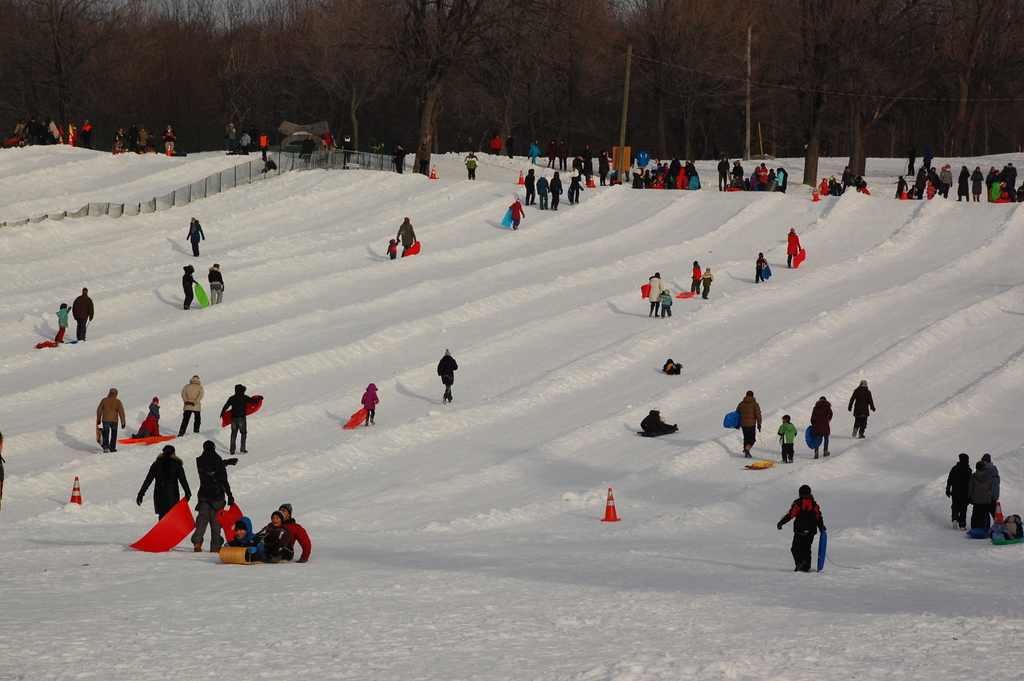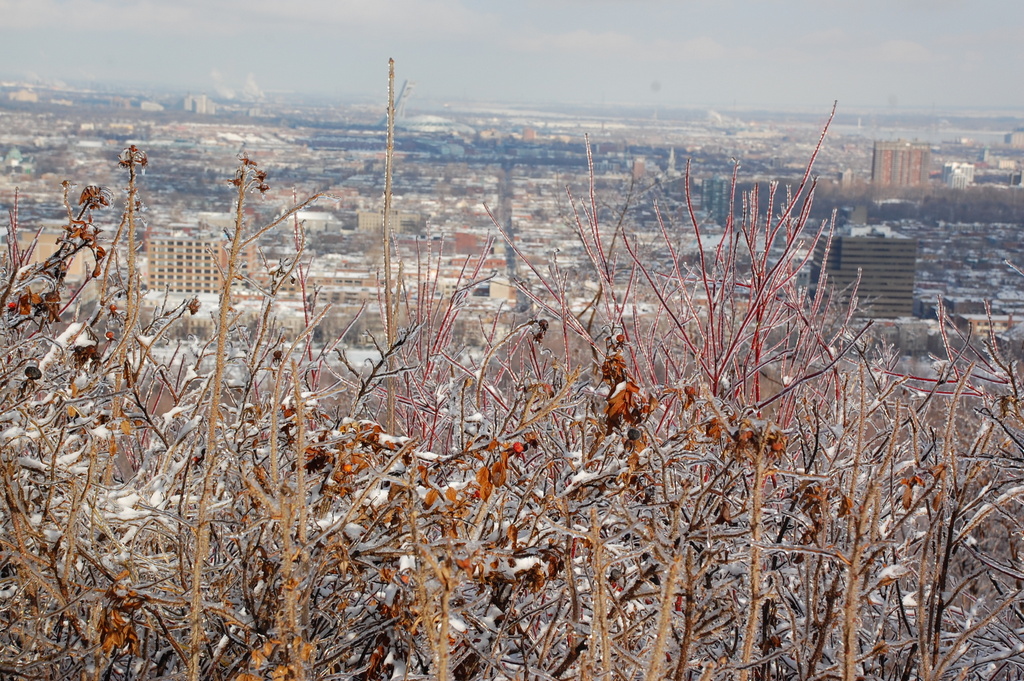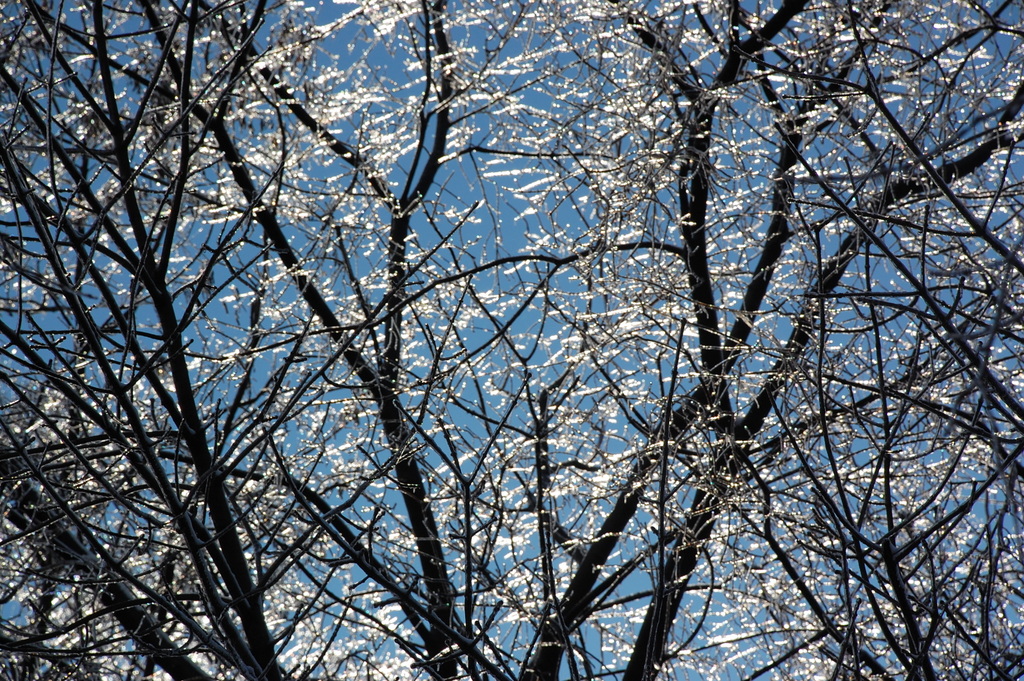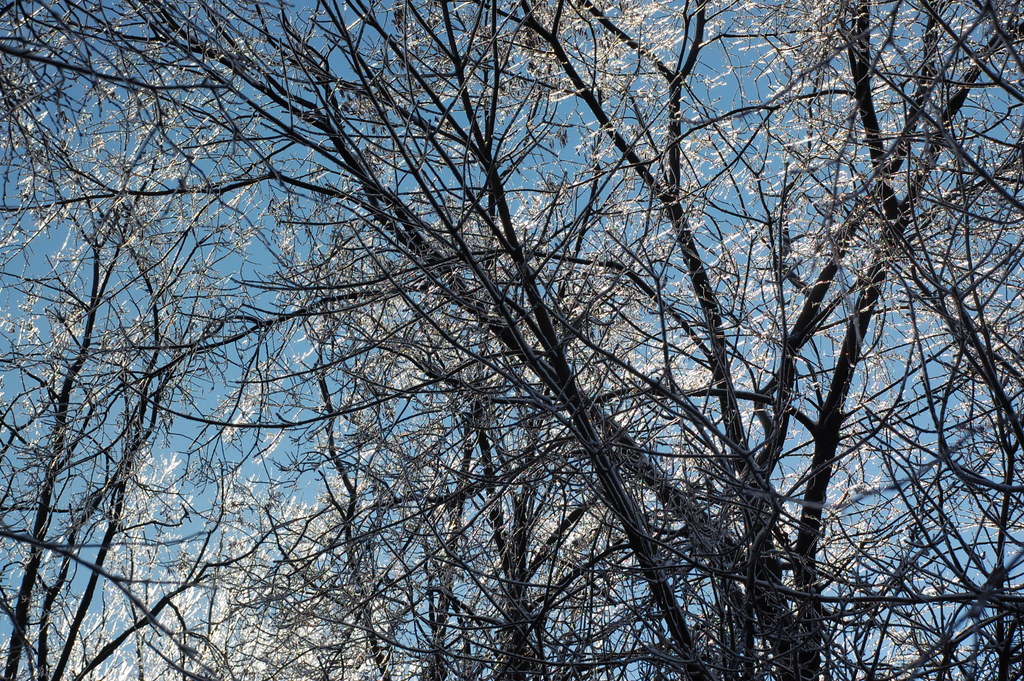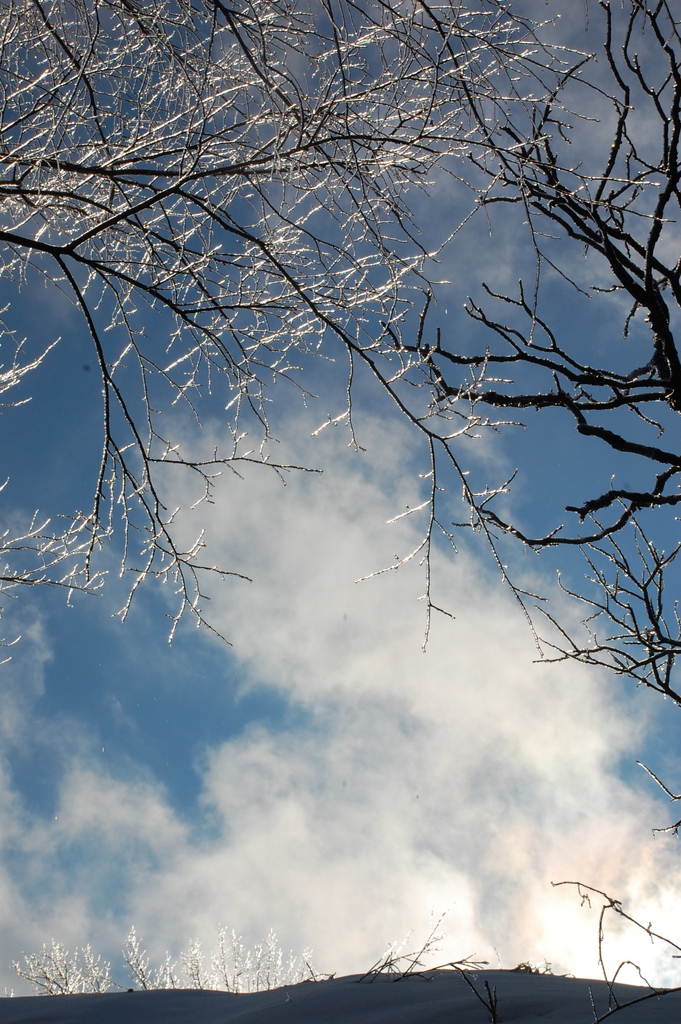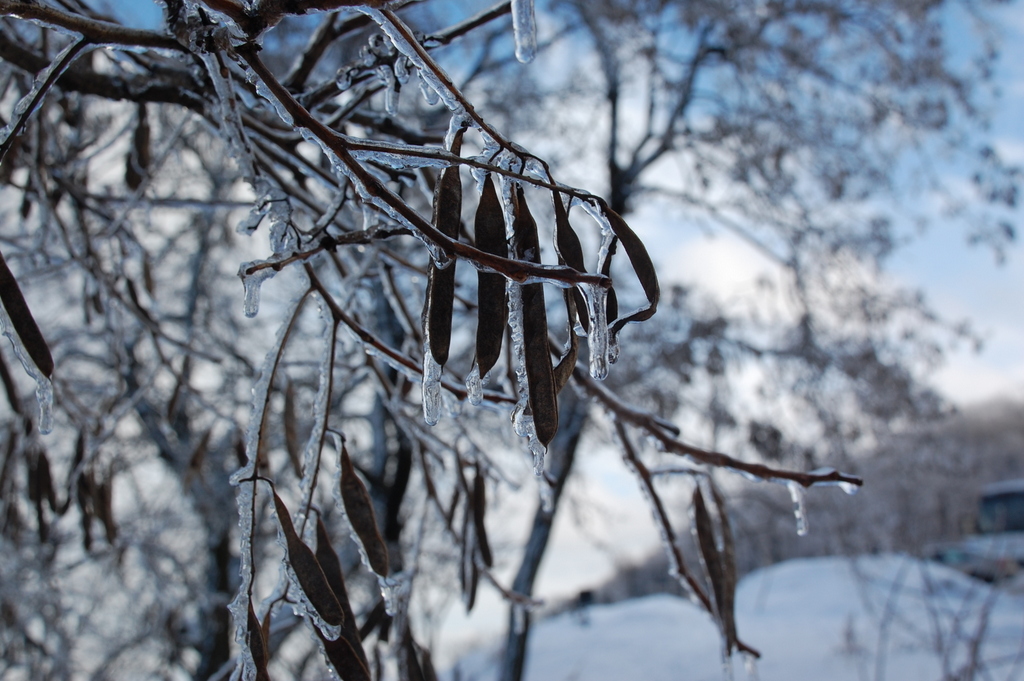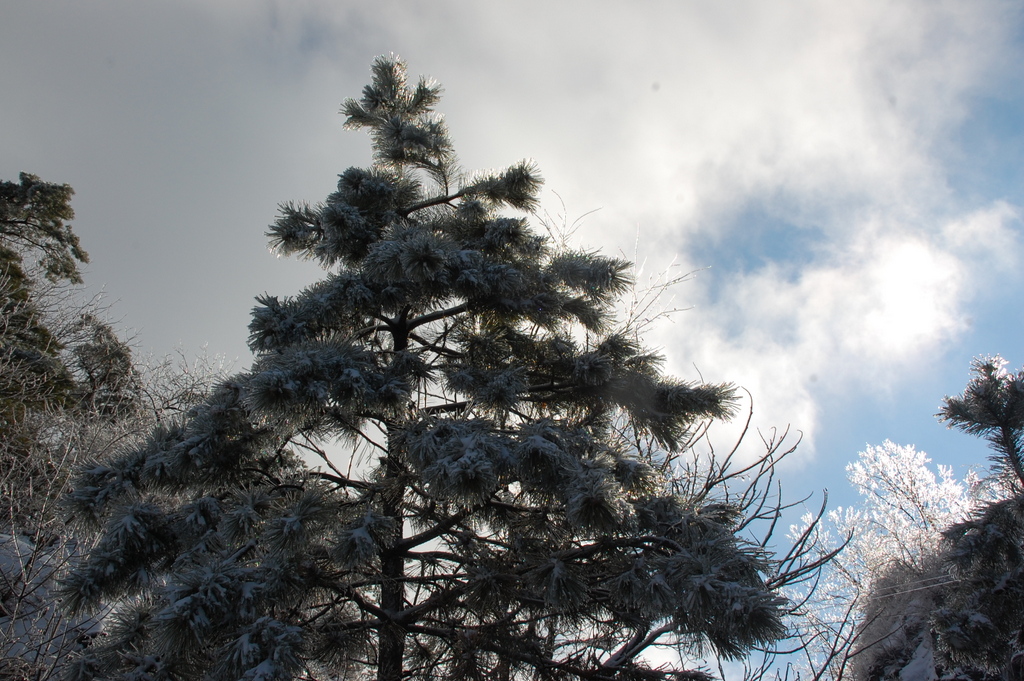



When Kahienes Sky, the Sauvé Foundation’s Liaison and confidant at the Kahnawake Survival School invited the scholars to her community of Kahnawake, none of us knew what was in store. Apart from the Kahnawake Survival School we had never heard of the Kahnawake Shakotiia’takehnhas Community Services, who were to be the sponsors of a community-wide Traditional Kanien’kehaka Social at the Mohawk Trail Long House; nor had we heard of an official Kanien’kehaka Welcoming/Condolence. We were eager to learn about the protocols between Nations and quickly gathered for a small orientation with Kahienes on some important details to be mindful of such as a respectful dress code and a quick training to the women on the Women’s Shuffle dance! Excitement’ was the word.
The Mohawks of Kahnawá:ke (Kahnawákeró:non) are an ancient people with a vibrant culture and rich history. They are one of the eight communities that make up the Mohawk (Kanien:keha'ka) Nation and have historic, spiritual, political and cultural ties based on Honor, Trust and Respect to the Oneida, Seneca, Onondaga, Cayuga and Tuscarora Nations of the Northeastern part of North America.
In ancient times, these nations achieved a major and innovative development by forming a Confederacy and devising a system of governance known as the Great Law of Peace. In all of the world's history, there are very few examples of such a coming together of nations for the purpose of peace; the formation of the Iroquois (Haudenosaunee) Confederacy is one of them. It is highly believed that both the American and Canadian constitutions derive their unification ingenuity from the prototype of this confederacy.
Our five-car convoy weathered the evening chill of Montreal to get off the island for the Welcoming Ceremony and the community Social. After half an hour, we rounded off the last bend to the Mohawk Trail Long House. The house had two entrances, one on each end. One entrance was for women, the other for men. There were benches along the length of either side of the hall, facing the centre of the room. The woodstoves exuded some warmth and tobacco was to be burnt inside one of them.. Tobacco plays a significant role in the Kanien’kehaka culture, and is always burnt during special ceremonies. This was a special ceremony.
There were four Mohawk men and two Mohawk women, representing each side of their House- - Bears and Wolves/Turtles in the room with the Sauvé contingent. Jeanne Sauve Foundation Board member Nancy Wright, her son David Wright, Alumnus Eloge Butera and Liam McHugh-Russell, including Sauvé program Staff members Simone Hanchet and Valerie Colas all joined the scholars for the event. Nobody else was allowed in. This was a private ceremony. The Welcoming Ceremonial is an important ritual extended to visiting Nations who come within the Mohawk Territorial boundaries to honor their roles and responsibilities in life and to welcome them.
Things began on a low and gradually picked up, the room temperature followed suit. Words of wisdom flowed from two men that were the Faith-Keepers for each side of their Clan; Bear and Wolf. The words were known as “Ohen:ton Kariwentehkwen” or the Thanksgiving Address which was followed by the “official welcoming condolence”.
Aniahtarenken (Clear water) Joe McGregor, the Wolf Clan Faith Keeper and Otsi’tsakaren (Speckled Flower) Charlie Patton, Bear Clan Faith Keeper, both alternated in conveying the most beautiful message in the most poetic manner that drew me into the world of my late grandfather and great grandfathers back in rural Kisumu, Kenya. The words spoke of the people turning their minds and thanking the spirits of life, water, earth, food, forests, seasons, sun, the moon, rainfall, stars, women, animals and health to welcome visiting nations. As a person with immense environmental interest, I was exploding with pride, especially when the elders referred to the earth as Mother Earth. Kind and affectionate. The community is always trying to find ways in which Kahnawáke can go back to its roots of being one with nature, yet still live in today’s modern world. Interestingly, Clear-Water later confided in me that these words have never been written down. That they are passed by word of mouth, from one Clan Faith Keeper to another, and in the Kanien’keha/Mohawk language, not English, yet the message had never been lost in over 500 years!
After an hour or so of these flowing riches, the house swelled with more people and the session gave way to Kanien’kehaka Traditional Social songs and dance. The different water drummers and the soloist got everybody to their feet. The Mohawk men in their Mohawk hairstyle and colourful outfits led the way and the women joined in. Slowly, the scholars got up and everyone was soon on the dance floor. The dance looked simple but very tricky to pull off. I can remember Dechen, Yimin, Maria, Stephanie and Mohammed struggling to maintain step. Simangele and the ‘fifteenth scholar’ Fredrick Dolmans, were actually good at the dance. The water drummers took turns, including the Kanehsatake Women’s Singing Society who did a couple of songs and dances.
By the time the Social/dance was midway, we were all sweating. Outside the Long House, the rain pounded hard, almost as if trying to keep pace with the drummers. We didn’t notice this peculiar rivalry. We were busy chanting, shuffling feet, jumping and changing partners to the amusement of the local folks.
At 9:30pm, we gathered for dinner but kept close to the elders to get some insight into the words that were spoken and the meaning in the symbol of the “Spirit of Wellness” campaign for the Kahnawake Community. I remembered the invite-poster that Kahienes had sent to the Scholars inbox and I wanted to understand it. The image on the background of the poster had five individuals holding close, like a family, complete with children. The foregrounding was more telling. What appears like the open palm of a human hand exposed an imprint of a little girl watering a runner-like plant. The plant then twines its way round the open palm in five shoots moving in different directions. The longest shoot hugs the family in the background, ending in a soft curl, cooed by the symbol of love. The other shoot ends in an animal footprint, two others end boldly with the symbol of love and one ends in a sphere with the colours yellow, red, white and black. Two animal footprints complete the image, flanking either side of the Palm, a Bears’ on the right and a Wolfs’ on the left.
Nobody asked for the meaning of the symbol, because deep down we all knew it had been elaborated in the “Ohen:ton Kariwentehkwen” or the Thanksgiving Address. I looked around the walls of the Long House, there were all manner of gifts and artefacts from around the globe, each speaking in silence of the meaning from each country. I knew that very soon our gifts would join those on the walls. Each a symbol of friendship and each a Symbol of The Spirit of Wellness.
May this words stay in your minds!
Paul Omonge, 2011-2012.


